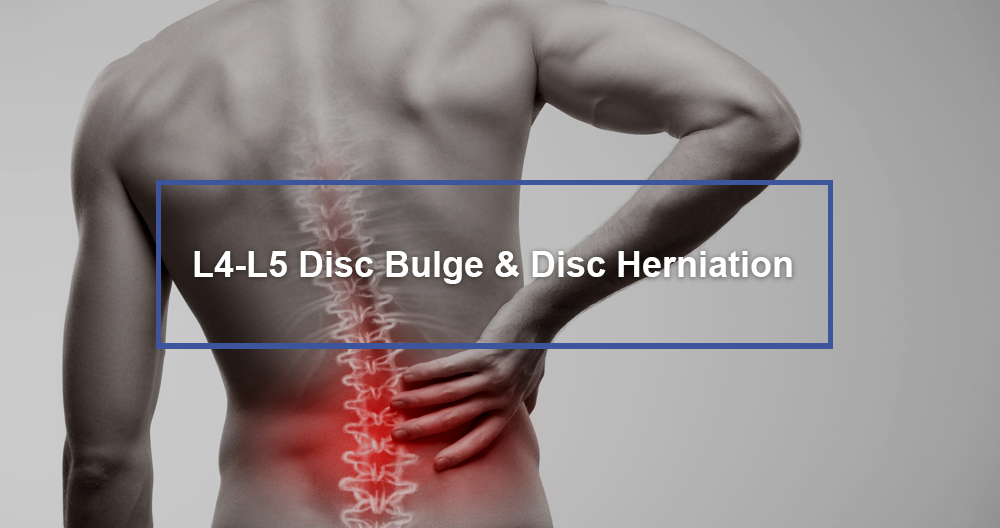Coping with pain can significantly impact your daily life, making even the simplest tasks feel challenging. Whether it's sharp pain from an injury or the chronic pain of chronic conditions, knowing how to effectively manage and treat pain is essential. Fortunately, advancements in pain management services and therapies offer a selection of personalized options tailored to address personal requirements and improve overall quality of life.
In this comprehensive guide, we will discuss various types of pain, treatment strategies, and the science behind why we experience pain. From conventional approaches to innovative therapies, such as physical therapy and chiropractic care, we'll look into the many pathways available for relief. Additionally, we will consider alternative treatments, including the use of CBD and acupuncture, and how lifestyle changes and mindfulness practices can play a significant role in pain management. Ultimately, our goal is to empower you with the knowledge to adapt pain solutions that fit your needs.
Understanding Discomfort Control
Pain management is a complex approach focused on relieving and controlling pain. It acknowledges pain as a complex experience that can significantly impact an individual’s life quality. By combining various therapies, treatments, and lifestyle adjustments, pain management aims to lessen discomfort and provide a better overall performance. It is crucial to adapt pain management strategies, as individual individuals experience pain in different ways due to factors such as years, physical ailments, and personal preferences.
Acute pain typically occurs suddenly due to injury or illness and generally subsides as the original issue is treated. Chronic pain, on the other hand, persists for an extended period, typically without a clear cause, making it hard to treat effectively. Recognizing the variation between these types of pain is essential, as it can affect the choice of management strategies and interventions. Tailored therapies can be quite diverse, incorporating rehabilitation, medication, complementary therapies, and lifestyle changes to satisfy the specific needs of each patient.
Efficient pain management also stresses the significance of a integrative approach. https://squareblogs.net/artmargin6/therapeutic-touch-positive-effects-of-massage-in-pain-relief includes the acknowledgment of mental and emotional health's role in dealing with pain. Techniques such as awareness, meditation, and relaxation techniques can enhance pain relief and improve well-being. By understanding the varied nature of pain, pain management services aim to enable individuals to take control of their pain and facilitate a more rewarding life.
Efficient Pain Management Methods

Locating the suitable pain relief therapy typically demands a tailored approach, because different individuals react distinctly to various treatments. This can encompass traditional methods like medications, rehabilitative therapy, and chiropractic care, together with alternative therapies including acupuncture and massage. Each therapy aims to target particular pain types and can be combined for more effective relief. Understanding the root cause of pain is crucial to designing the most effective treatment plan.
Physical therapy is one of the foundations of pain management, especially for those experiencing from chronic conditions including arthritis or back pain. A physical therapist can design a personalized exercise regime that strengthens muscles, improves flexibility, and helps retrain the body to move pain-free pain. In addition to conventional exercises, methods like TENS therapy provide electrical stimulation to reduce pain by blocking pain signals sent to the brain. The objective of these therapies is to reduce pain levels while promoting function and independence.
In recent years, a growing number of people are considering alternative therapies including acupuncture and holistic approaches, recognizing the interconnectedness of the body and mind in pain management. Acupuncture, a practice rooted in traditional Chinese medicine, features the insertion of fine needles into certain points of the body and has been proven to alleviate pain for various conditions. Furthermore, practices such as yoga and mindfulness meditation not only tackle physical symptoms but also help manage stress and emotional aspects of chronic pain. These diverse options enable individuals to navigate their pain management journey, leading to better quality of life.
Comprehensive Strategies to Pain Management
Comprehensive approaches to pain control highlight the interconnectedness of the physical self, mind, and soul in managing pain. Such approaches often integrate a variety of therapies that surpass traditional medication, focusing on the complete wellness of the individual. Practices such as awareness practices, guided relaxation, and breathing exercises are crucial in lessening the perception of pain and enhancing emotional resilience. By cultivating a feeling of calm and mental clarity, these practices can lead to a greater reduction in pain levels.
Moreover, incorporating regular physical exercise, such as Pilates and gentle exercises, can play a critical role in pain management. These activities not only enhance flexibility and strength but also facilitate the secretion of endorphins, the body's natural painkillers. This practice, in particular, offers targeted poses that target various forms of pain, helping to reduce discomfort while simultaneously promoting relaxation. Including physical activity into a regular schedule can support better pain control and overall health.
Diet and dietary choices also make a considerable impact on pain management. An inflammation-reducing diet rich in whole foods, omega-3 fatty acids, and antioxidants can mitigate inflammation in the body, potentially alleviating chronic pain symptoms. Furthermore, maintaining hydration and reducing processed foods may help in maintaining optimal health. By integrating dietary considerations with physical and mental health practices, individuals can form a comprehensive approach to managing pain that considers multiple facets of their well-being.
